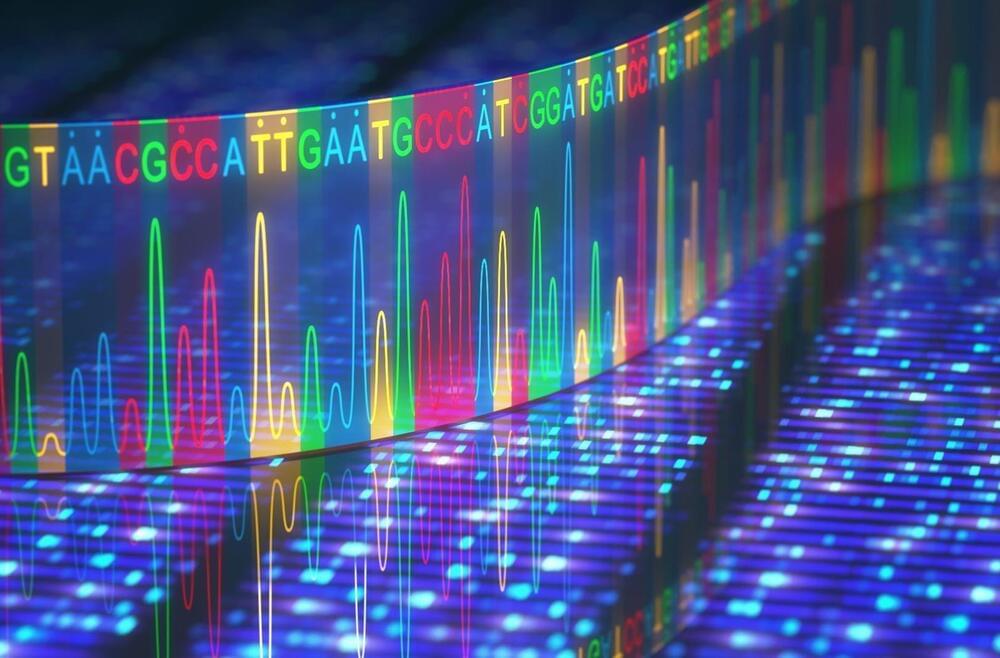Nov 27, 2024
Off-the-shelf thermoelectric generators can upgrade CO2 into chemicals. The combination could help us colonize Mars
Posted by Omuterema Akhahenda in categories: chemistry, space, sustainability
Readily available thermoelectric generators operating under modest temperature differences can power CO2 conversion, according to a proof-of-concept study by chemists at the University of British Columbia (UBC).
The findings open up the intriguing possibility that the temperature differentials encountered in an array of environments—from a typical geothermal installation on Earth to the cold, desolate surface of Mars—could power the conversion of CO2 into a range of useful fuels and chemicals.
“The environment on Mars really got me interested in the long-term potential of this technology combination,” says Dr. Abhishek Soni, postdoctoral research fellow at UBC and first author of the paper published in Device.


















